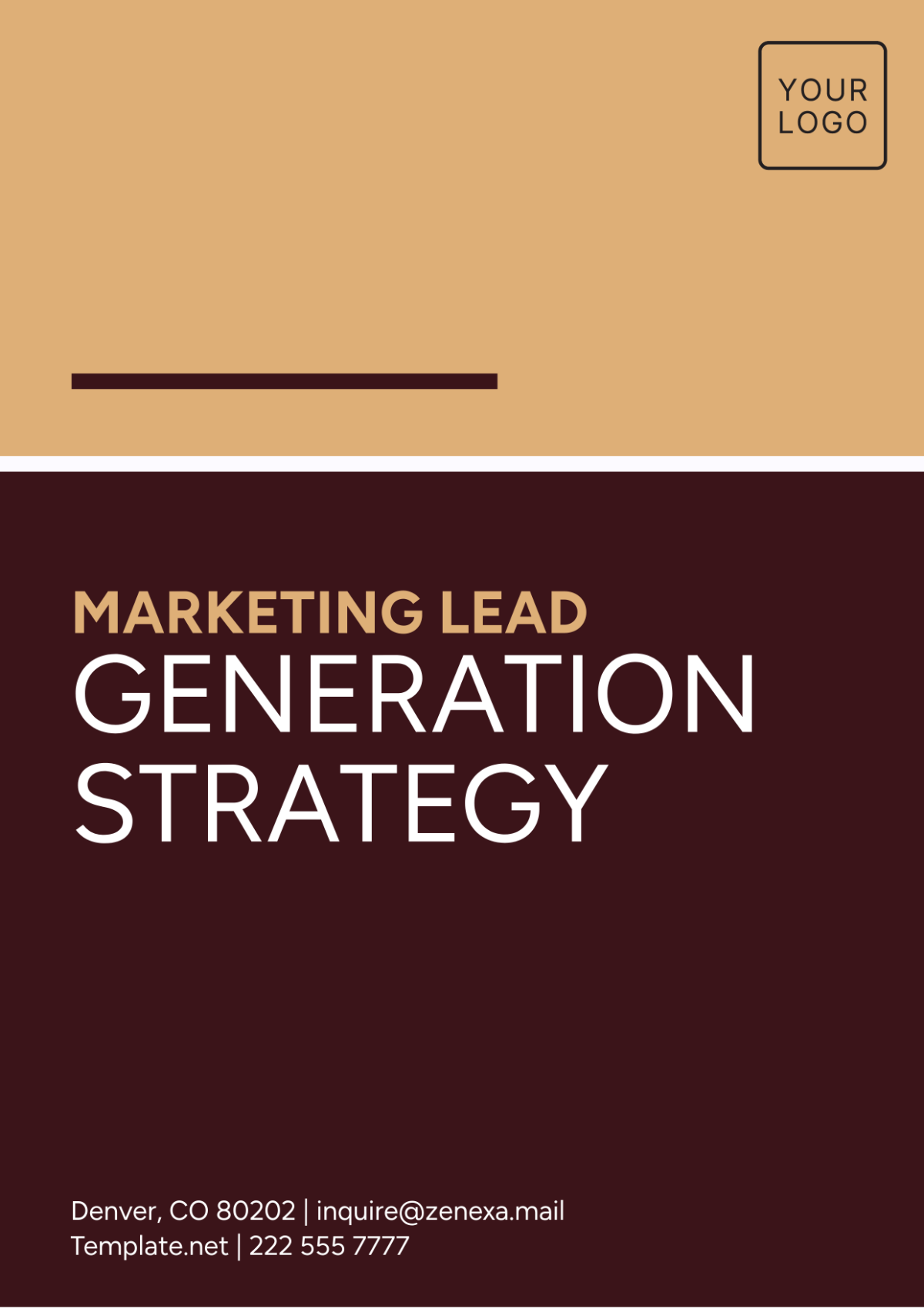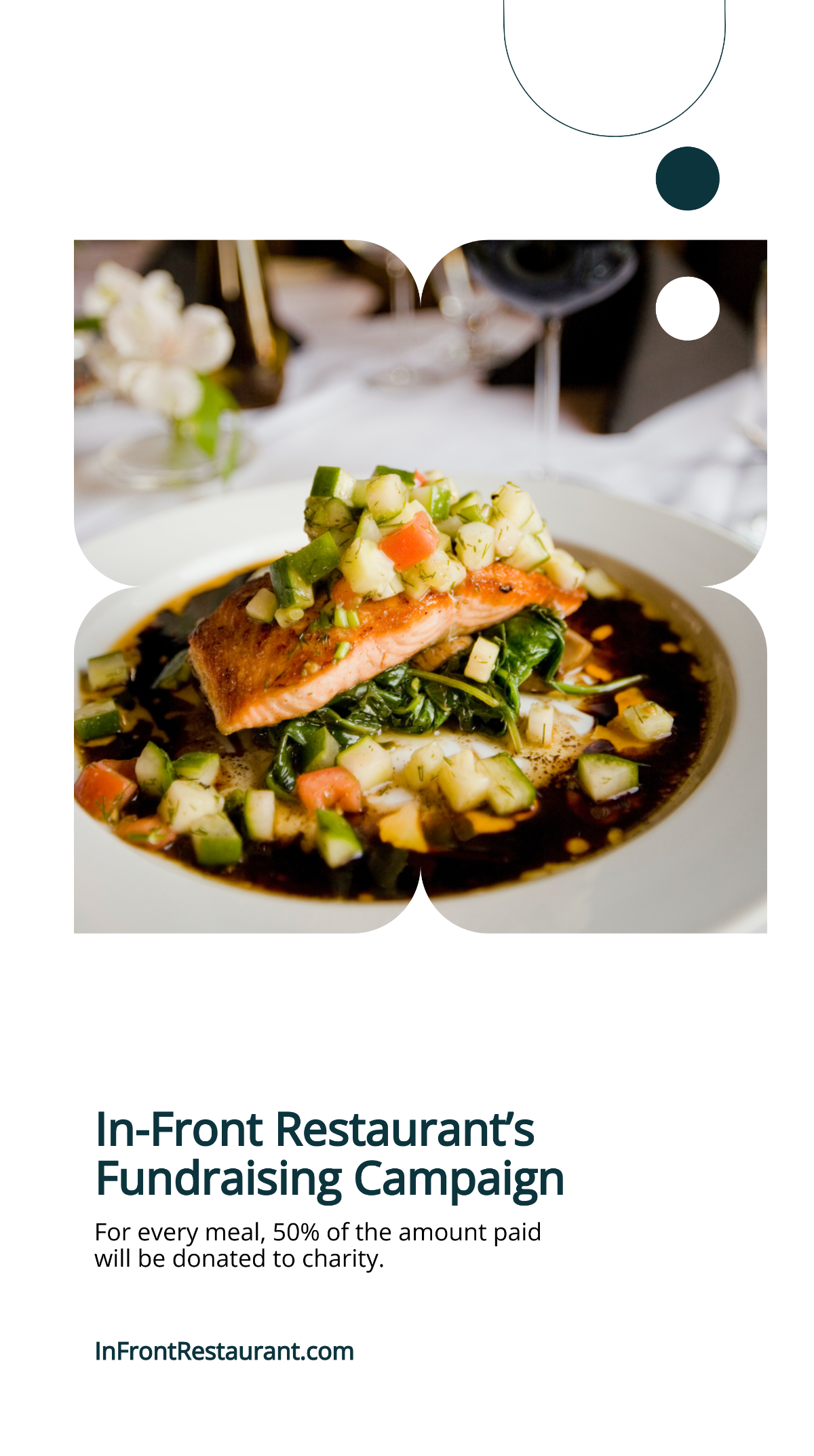Online Store Retention Strategy
I. Executive Summary
This strategic plan focuses on improving customer retention for [Your Company Name] in [2052]. The plan incorporates personalized experiences, loyalty programs, and superior customer support to cultivate brand loyalty. Strengthening these connections will reduce churn rates, improve customer satisfaction, and establish the business as a trusted online retailer. The goal is to increase customer retention by [20%] compared to [2051]. Achieving this goal will contribute to steady revenue and reduced acquisition costs.
II. Enhancing Customer Experience
Exceptional customer experience is critical to retention. This section outlines strategies to delight customers at every interaction.
User-Friendly Website: Ensure seamless navigation, faster load times, and intuitive design. An easy-to-use platform reduces frustration and increases conversions.
Personalized Content: Use customer data to recommend products and offer tailored promotions. Personalized shopping experiences encourage repeat visits.
Responsive Support: Train support teams to provide quick, empathetic resolutions. Accessible help builds trust and loyalty.
Post-Purchase Engagement: Send thank-you messages, order updates, and care tips. Staying connected after a purchase strengthens relationships.
Accessibility Features: Ensure the website and services are inclusive for all users. Accessibility enhancements expand the potential customer base.
III. Loyalty Programs
Loyalty programs are a proven way to incentivize repeat purchases and brand advocacy. This section outlines a multi-tiered rewards system.
Points System: Offer points for purchases, reviews, and referrals. Customers can redeem points for discounts or exclusive rewards.
Exclusive Tiers: Introduce tiered memberships based on spending levels. Higher tiers offer premium benefits, motivating customers to shop more.
Special Promotions: Provide members with early access to sales, personalized deals, and birthday rewards. Exclusive perks enhance program appeal.
Gamification: Use challenges, badges, and leaderboards to make loyalty engaging. Fun elements encourage active participation.
Feedback Loop: Regularly solicit feedback on the loyalty program. Adapting based on input ensures it remains attractive and relevant.
IV. Data-Driven Personalization
Personalization builds strong emotional connections with customers. This section emphasizes the use of customer data to tailor experiences.
Purchase History: Analyze past purchases to recommend complementary items. This strategy drives upselling and cross-selling opportunities.
Browsing Behavior: Leverage browsing data to tailor website content and promotions. Customers appreciate seeing items relevant to their interests.
AI-Powered Chatbots: Use chatbots to provide personalized assistance and recommendations. AI enhances the speed and accuracy of support.
Email Campaigns: Send personalized emails with product recommendations, exclusive offers, and cart reminders. Emails should reflect the customer’s preferences.
Segmentation: Group customers into segments based on behavior, demographics, and preferences. Targeted strategies improve engagement and retention.
V. Superior Customer Support
Responsive and helpful customer support reinforces trust and loyalty. This section focuses on training and technology to enhance service quality.
24/7 Availability: Implement round-the-clock support through live chat and AI tools. Accessibility reassures customers that help is always available.
Proactive Communication: Notify customers about delays, restocks, or promotions. Transparent communication builds goodwill.
Resolution Speed: Train teams to resolve issues swiftly and effectively. Faster resolutions lead to happier customers.
Multi-Channel Support: Offer help through chat, email, phone, and social media. Customers value the flexibility to choose their preferred channel.
Customer Advocacy: Empower agents to go the extra mile for customers. Acts of goodwill create memorable experiences.
VI. Retention Metrics Analysis
This section focuses on key metrics to measure retention success. Data is reviewed quarterly to assess progress and refine strategies.
Metric | 2051 Performance | 2052 Goal |
|---|---|---|
Customer Retention Rate | 60% | 72% |
Repeat Purchase Frequency | 2.5 | 3.0 |
Customer Lifetime Value | $500 | $650 |
A. Customer Retention Rate Goals
B. Repeat Purchase Frequency Goals
Quarter | Target |
|---|---|
Q1 | 2.7 |
Q2 | 2.8 |
Q3 | 2.9 |
Q4 | 3.0 |
C. Customer Lifetime Value Goals
The data highlights steady improvement in retention metrics. Consistent growth across quarters suggests the strategies are effectively engaging customers and reducing churn.
VII. Feedback Integration
Customer feedback is essential for identifying improvement areas. This section reviews feedback trends and actionable insights.
Feedback Category | Common Themes | Action Taken |
|---|---|---|
Website Usability | Navigation issues | Implemented site redesign |
Customer Support Quality | Delayed responses | Enhanced agent training |
Product Satisfaction | Quality improvement needed | Reviewed supplier contracts |
Loyalty Program Feedback | Reward redemption issues | Simplified points redemption |
Percentage of Total Feedback
Feedback integration has driven impactful changes, such as website redesigns and product satisfaction. Regular monitoring ensures the company remains attuned to customer needs.
VIII. Retention-Focused Marketing
Retention-focused marketing aims to keep customers engaged and loyal. Campaigns prioritize relationship-building over short-term sales.
Email Marketing: Use personalized and targeted emails to nurture long-term connections. Include exclusive content and promotions.
Social Media Engagement: Post interactive and community-building content. Customers appreciate brands that engage beyond transactions.
Referral Programs: Encourage satisfied customers to refer friends. Provide rewards to both referrers and referees.
Educational Content: Share how-to guides and product care tips. Adding value beyond purchases strengthens loyalty.
Seasonal Campaigns: Create campaigns tailored to holidays or customer milestones. These show customers they are valued year-round.
IX. Budget Allocation
Allocating resources effectively ensures the success of retention initiatives. This section outlines financial planning for [2052]. The budget totals to [$550,000] for enhancing loyalty rewards and investments for tools to drive personalization efforts.
Budget Category | Amount |
|---|---|
Loyalty Program Expansion | $200,000 |
Technology Upgrades | $150,000 |
Training Programs | $50,000 |
Feedback Tools | $30,000 |
Marketing Campaigns | $120,000 |
Total | $550,000 |
X. Conclusion
The customer retention strategy for [Your Company Name] in [2052] aims to foster deeper relationships with existing customers. Through enhanced experiences, loyalty programs, and data-driven personalization, the company seeks to achieve an improvement in retention rates. By staying customer-focused and continuously adapting strategies, the company will strengthen its position as a trusted online retailer. This commitment ensures a strong foundation for future growth.

















































